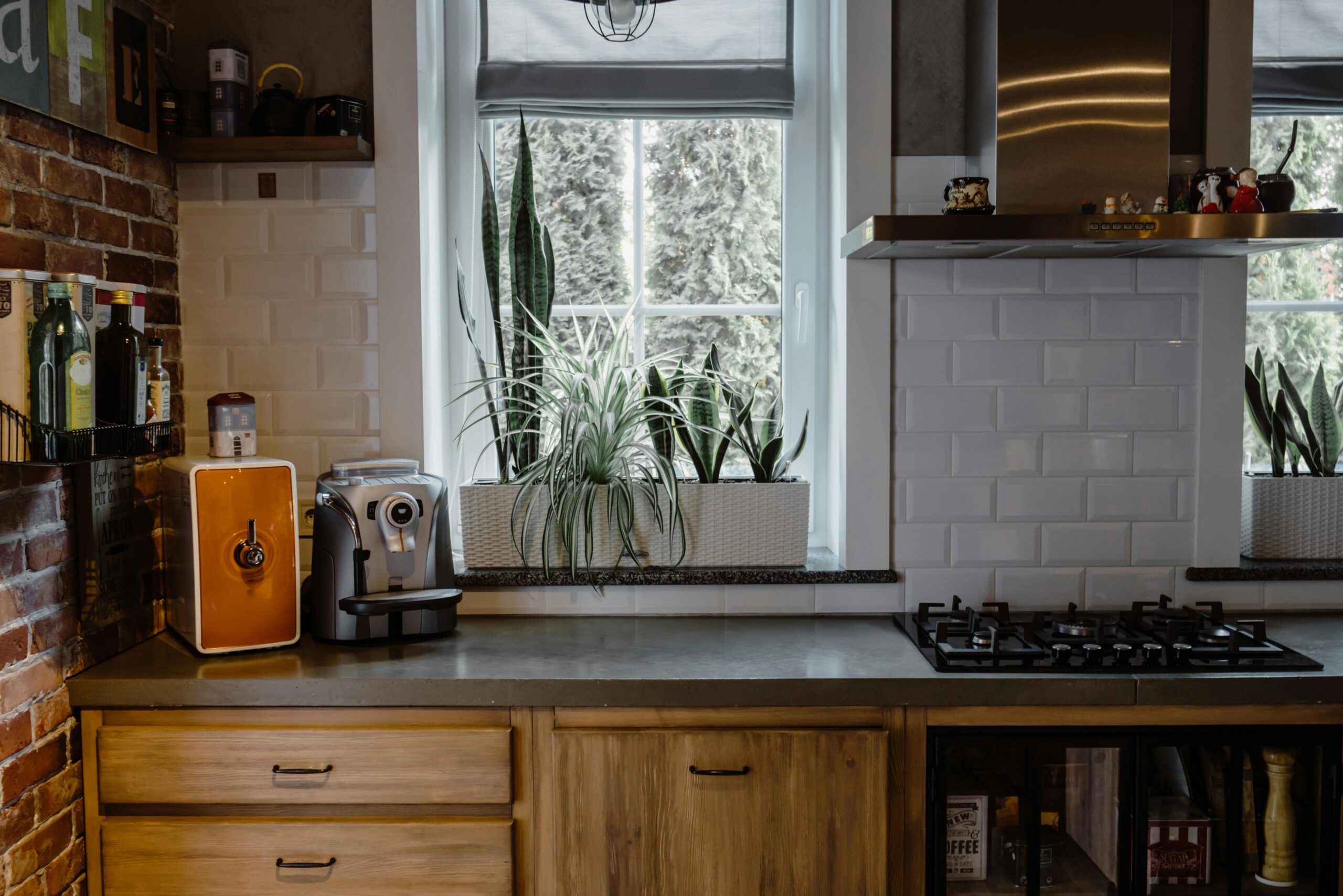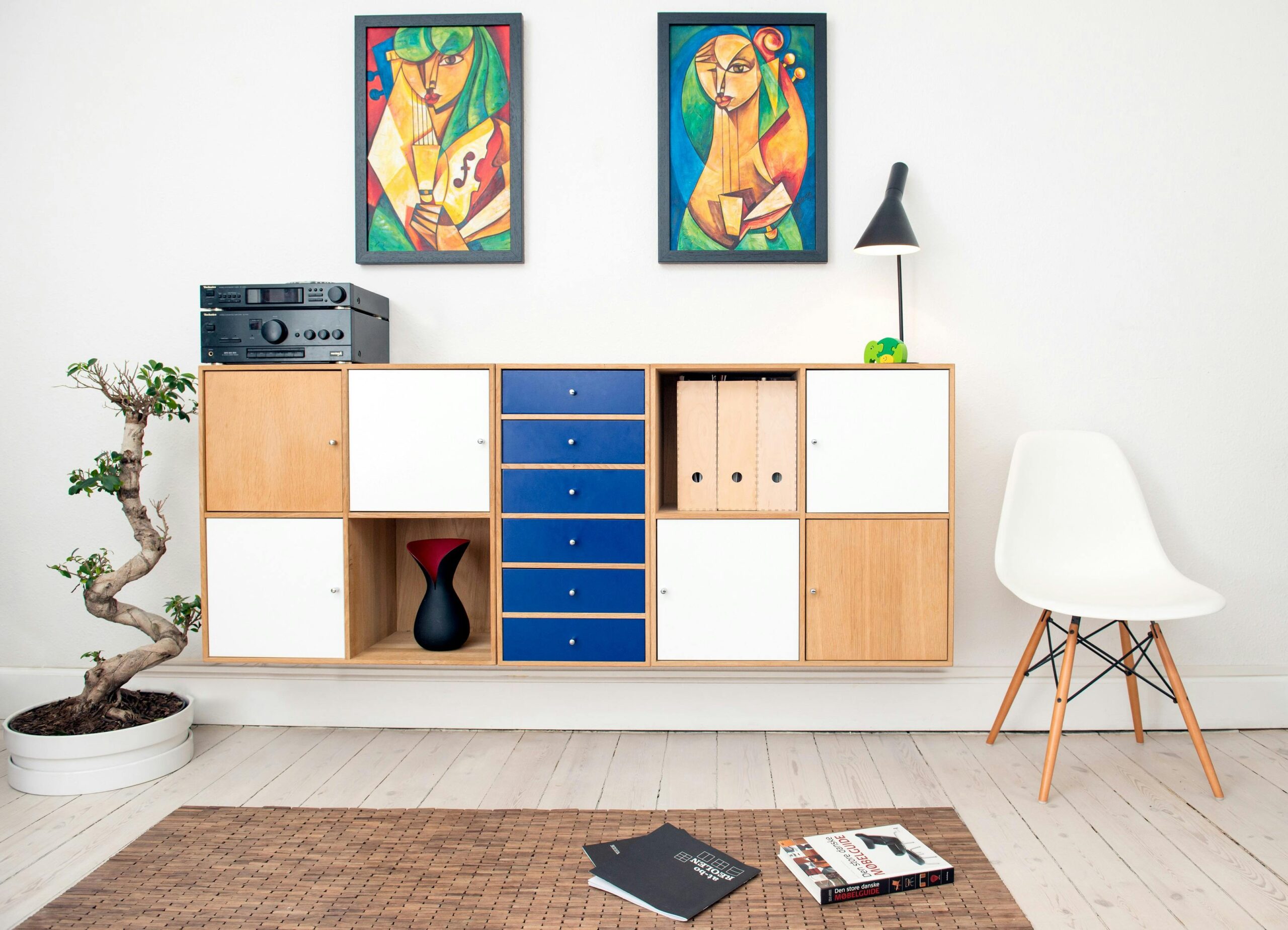The climate crisis has turned everyday homeowners into everyday heroes. More than ever, people are asking how they can live more sustainably—and one of the most powerful places to start is right at home. According to a report from the U.S. Green Building Council, buildings account for nearly 40% of global energy-related carbon emissions. That means the way we heat, cool, and maintain our homes plays a huge role in the planet’s health. But going green doesn’t have to mean going broke or living off-grid. Small, strategic changes can significantly reduce your energy consumption, water usage, and overall carbon footprint. From swapping out old appliances to rethinking how you light your home, there are eco-friendly upgrades that fit every budget and lifestyle. In this article, we’ll explore practical, effective upgrades to help you create a more sustainable home. These solutions are not only better for the planet but can also cut your utility bills, increase property value, and enhance your quality of life. Ready to make your home a little greener? Let’s dive in.
1. Upgrade to Energy-Efficient Appliances
One of the most impactful eco-friendly upgrades you can make is replacing outdated appliances with ENERGY STAR®-certified models. These appliances use up to 50% less energy and water than their conventional counterparts, which translates to both environmental benefits and long-term savings.
Actionable Tip: Start with the biggest energy hogs in your home—typically the refrigerator, washing machine, and HVAC system. Even upgrading to a smart thermostat like the Nest or Ecobee can reduce your heating and cooling energy usage by up to 20%.
Real-World Example: A family in Portland reduced their monthly electric bill by $60 after swapping their 15-year-old fridge for an energy-efficient model. Over a year, that’s over $700 in savings—more than enough to justify the upfront cost.
2. Install Low-Flow Fixtures to Conserve Water
Water conservation is often overlooked in eco-friendly home upgrades, yet the average American household uses over 300 gallons of water per day, according to the EPA. Installing low-flow showerheads, faucets, and dual-flush toilets can drastically cut this number.
Expert Insight: “A low-flow showerhead can reduce water usage by up to 50%, without sacrificing pressure,” says Jennifer Stansbury, Director at the Water Quality Association.
Pro Tip: Check for WaterSense® labels when shopping for fixtures. These products are certified to use at least 20% less water than standard models while performing just as well.
Bonus: Less hot water usage also means less energy needed to heat it—so you’ll save on your utility bills in two ways.
3. Switch to LED Lighting and Smart Controls
Lighting accounts for around 10% of the average home’s energy use, but switching to LED bulbs and adding smart controls can make a noticeable difference. LED lights use up to 75% less energy and last 25 times longer than incandescent bulbs.
Smart Controls: Use smart lighting systems or motion sensors to ensure lights are only on when needed. These systems also allow you to control lighting remotely, reducing waste when you’re away from home.
Quick Fix: Even swapping out five frequently used bulbs with LEDs can save up to $75 annually, according to the U.S. Department of Energy.
4. Insulate and Seal for Better Energy Efficiency
Heating and cooling your home takes up a significant chunk of your energy usage. Poor insulation, drafty windows, and air leaks make your systems work harder than they should. Proper insulation in the attic, walls, and floors can reduce heating and cooling costs by up to 20%.
DIY Solution: Use weather stripping, door sweeps, and caulk to seal small gaps and leaks—especially around windows, doors, and electrical outlets.
Case Study: A homeowner in Minnesota insulated their attic and sealed all draft points for under $600—and saw a 25% drop in their winter heating bill the very next season.
5. Incorporate Sustainable Materials in Renovations
Planning a remodel? Choose materials that are recycled, renewable, or responsibly sourced. Options like bamboo flooring, reclaimed wood, recycled glass countertops, and VOC-free paints offer style and sustainability.
Why It Matters: Traditional building materials can off-gas harmful chemicals and deplete natural resources. By choosing sustainable alternatives, you protect your health and reduce environmental harm.
Inspiration: Consider IKEA’s 2024 eco-conscious collection, which features cabinetry made from recycled plastic bottles and renewable wood. Stylish and green!
Making your home more eco-friendly doesn’t have to involve massive renovations or a complete lifestyle overhaul. From installing energy-efficient appliances to sealing drafts and swapping out old bulbs, these upgrades offer practical, accessible steps toward sustainability. They also create healthier living environments, lower energy bills, and future-proof your home for generations to come. The choices we make inside our homes ripple outward into the world. So whether you start small or go big, every green upgrade brings you one step closer to a more sustainable life. Ready to make the switch? Choose one upgrade from this list and take action this weekend. The planet and your wallet will thank you.



